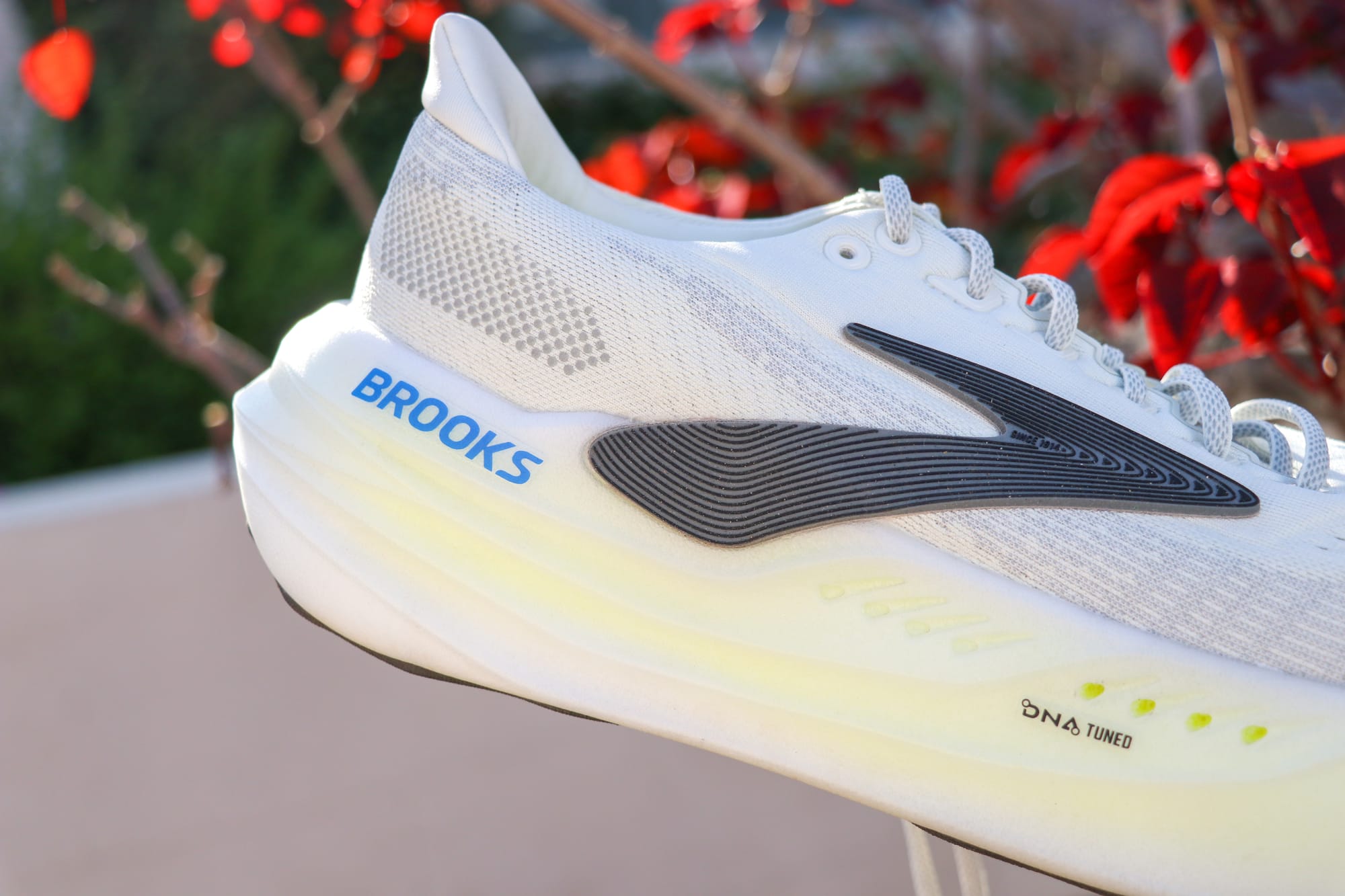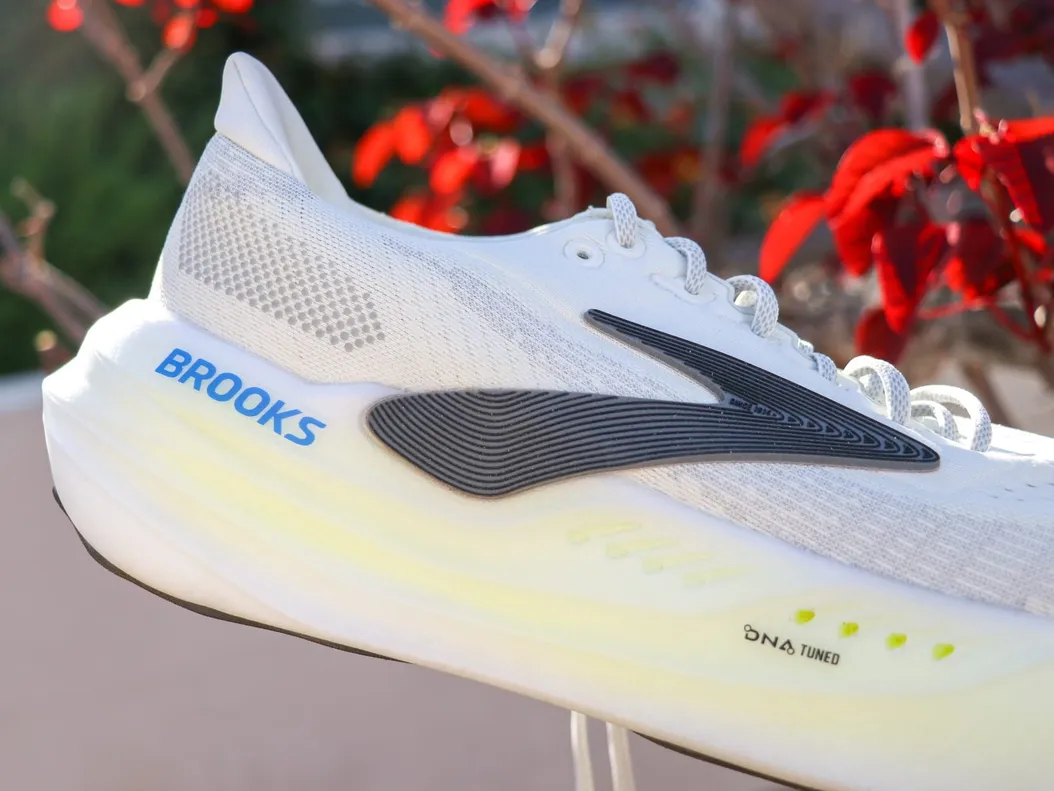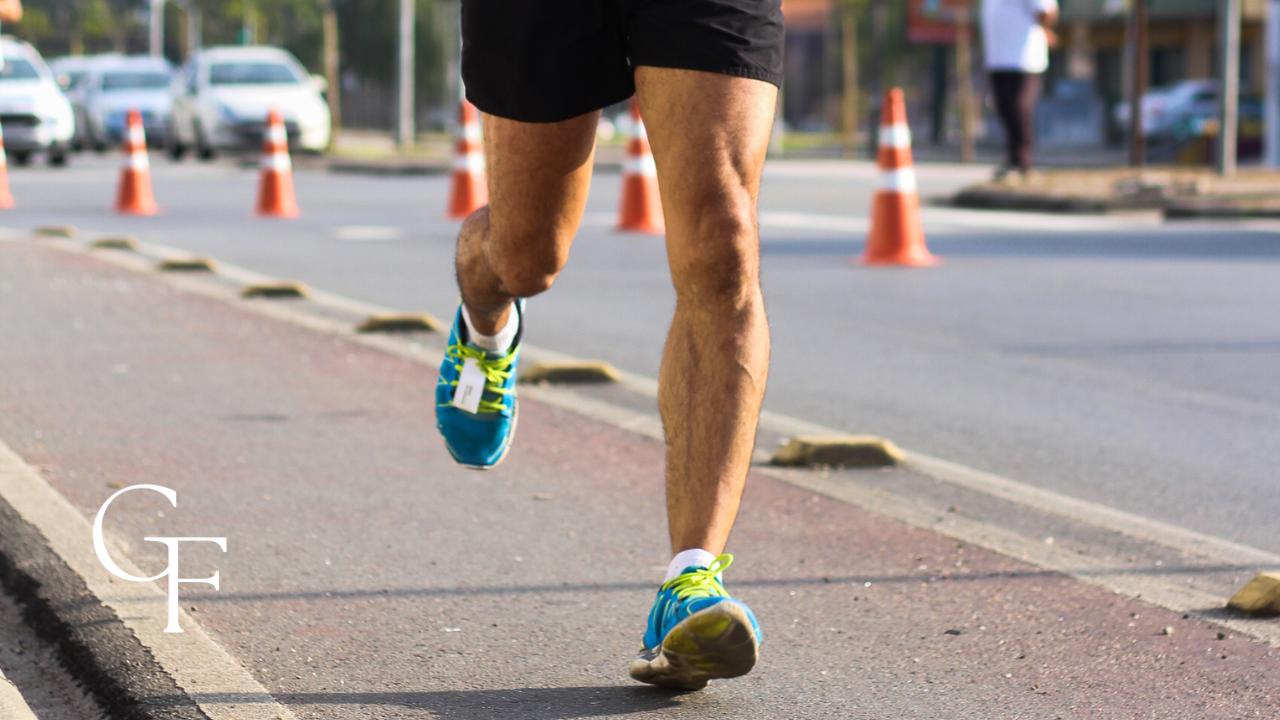
My wife and I just finished our first marathon. We have been together for about three years and married for nearly two, and during all that time, she has dreamed of completing the whole 26.2-mile race.
Actually, our fourth date was a half-marathon in Huntington Beach, California. Not because I was a runner at that time (though she had certainly completed a few half-marathons for herself before we met), but because I wanted to spend as much time with her as possible during our dating experience.
Fast forward to today, and we are proud finishers of the San Diego Rock n' Roll Marathon. This guide is a compilation of everything I have learned alongside my bride.
It is essential to note that this guide is designed for individuals who are either first-time marathon runners or new to running and seeking to learn more about endurance racing. If you're a seasoned marathoner, much of this might seem like "old news" to you.
With that said, let's talk about goals.
Setting Your Marathon Goals & Creating a Training Program
Define your marathon goals, whether it’s to finish within a specific time or simply to complete the 26.2 miles.
This is important because on race day, you'll see who is more serious about achieving a personal record versus who just wants to vibe out and run. There is no "right" way, but preparation is crucial no matter which route you take.
Set a realistic goal for your first marathon, considering your current fitness level and running experience. The achievable outcome will vary based on your initial fitness and the time you have available to train, particularly when compared to those who already have a solid aerobic foundation.
Understand that marathon training is not just about physical preparation, but also about mental toughness and preparing for “race day” anxiety.
Begin training early to facilitate gradual progression and minimize last-minute stress or injuries, emphasizing consistent training and performance enhancement.
Have a Training Plan
When it comes to adopting and following a dedicated training plan, there are countless routes you can take.
Look, I'm no professional, far from it, and as I mentioned before, the target audience for this guide is anyone who wants to complete a marathon for the first time or do so without stopping; we're talking about the lowest common denominator here.
You can always take the personal trainer or coaching route, where you pay a professional to create a customized plan just for you. Of course, this will almost always be the best way to train, but it can also be quite expensive, depending on who you choose.
In most cases, I recommend what my wife and I did: downloading the Nike Run Club app, which offers a generalized yet robust training plan that can last for several weeks, featuring both guided and non-guided running options with pre-recorded advice from world-class coaches during your workouts.
The Nike Run Club app stores all your data and can help track your miles for each pair of shoes, encouraging rotation (more on shoe rotation later). The best part is that it’s completely free, so if you’re just starting your marathon or running journey, we highly recommend this app based on our own experience.
7 Tips for Successful Marathon Training
Now we've reached the core of this guide.
As I went through this marathon training and began learning about what it takes to start this process, I relied heavily on hybrid endurance athlete, fellow veteran, and entrepreneur Nick Bare and his knowledge of marathon running.
Throughout this guide, I'll have some of his most helpful videos available for you to watch, as I believe they do a great job of getting down to the nuts and bolts of training.
Nick really does a fantastic job of being relatable to the average person and breaking everything down in a way that is easy to understand.
Tip #1: Build Volume

This is arguably the most critical concept to understand about marathon training, as it forms the foundation upon which everything else is based. Without increasing volume, we can't progress to running longer distances; it's that simple.
Begin with six to twelve weeks of base training to develop your running foundation, gradually increasing both your running distance and frequency. The goal is to put miles on our feet, which requires logging more miles each week, bit by bit.
Focus on building your weekly mileage, aiming to increase it by no more than 10% each week.
Of course, consider collaborating with a certified running coach to develop a personalized training program. However, know that if you're starting with marathon running, the Nike Run Club app will work just fine as long as you have enough time to prepare.
Tip #2: Complete 5 Runs Each Week
Five runs aren't necessarily a hard and fast rule, and they certainly aren't the most critical factor when trying to build aerobic volume. However, I will say that completing five runs each week and doing your best to stick to this will help you log the necessary mileage to support your overall training.
The Nike Run Club app schedules five runs for you each week:
- Three Recovery runs at a leisurely pace.
- One Tempo (speed) run at more rigorous paces.
- One Long Run at recovery (easy) pace.
I advise that anyone attempting to run and complete a marathon for the first time adopt this model at a minimum, as it will help condition your legs for race day.
Tip #3: Keep Your Easy Runs EASY
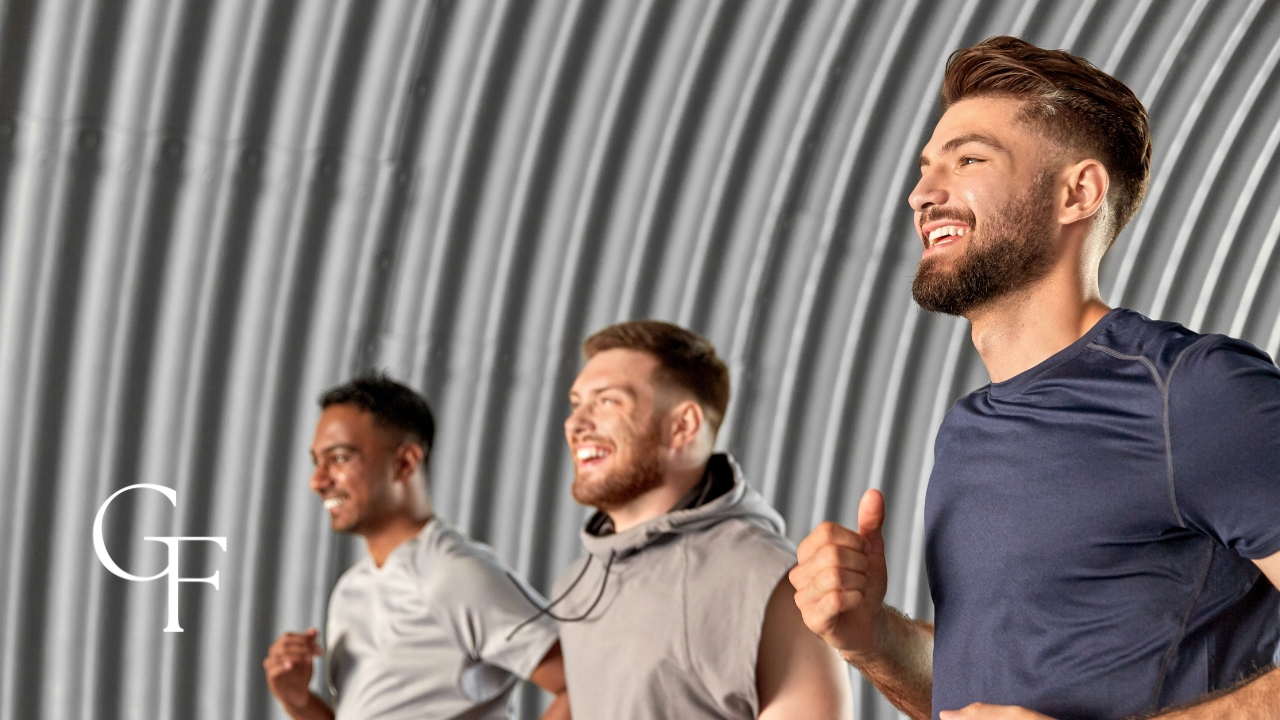
Let's talk about those recovery runs at an "easy pace." These are your slower runs that are meant to be comfortable and ought to comprise about 80% of your overall training.
This is closely related to your heart rate, and as a general rule of thumb, we can use the MAF (Maximum Aerobic Function) 180 formula, which is a method for calculating an individual's optimal heart rate for aerobic training.
In most cases, we can subtract our age from 180. The resulting number is the ideal heart rate that you should aim for when running at or below during your easy and recovery runs. This helps to build your aerobic base throughout your marathon training plan.
Consistently doing this might require investing in a Garmin or Suunto watch or even a chest-strap heart rate monitor, but don't assume that this is essential for achieving your goal of completing a marathon race. It's not!
The purpose of your easy recovery runs is to continually increase weekly volume without risking injury. Your body will undergo constant changes as you engage in and stick to your training plan. Your muscles will adapt to new and increasing stress and stimulation, while your feet, ankles, hips, and knees will gradually build strength.
But, like any exercise, overdoing it by getting carried away can cause injury, and injuries set us back. Recovery runs help to gradually progress without overtaxing the body to the point of injury, which is why most of the runs in a conventional five-run week include recovery paces.
Keep your easy runs easy! Always!
Tip #4: Don't Skip Speed Workouts
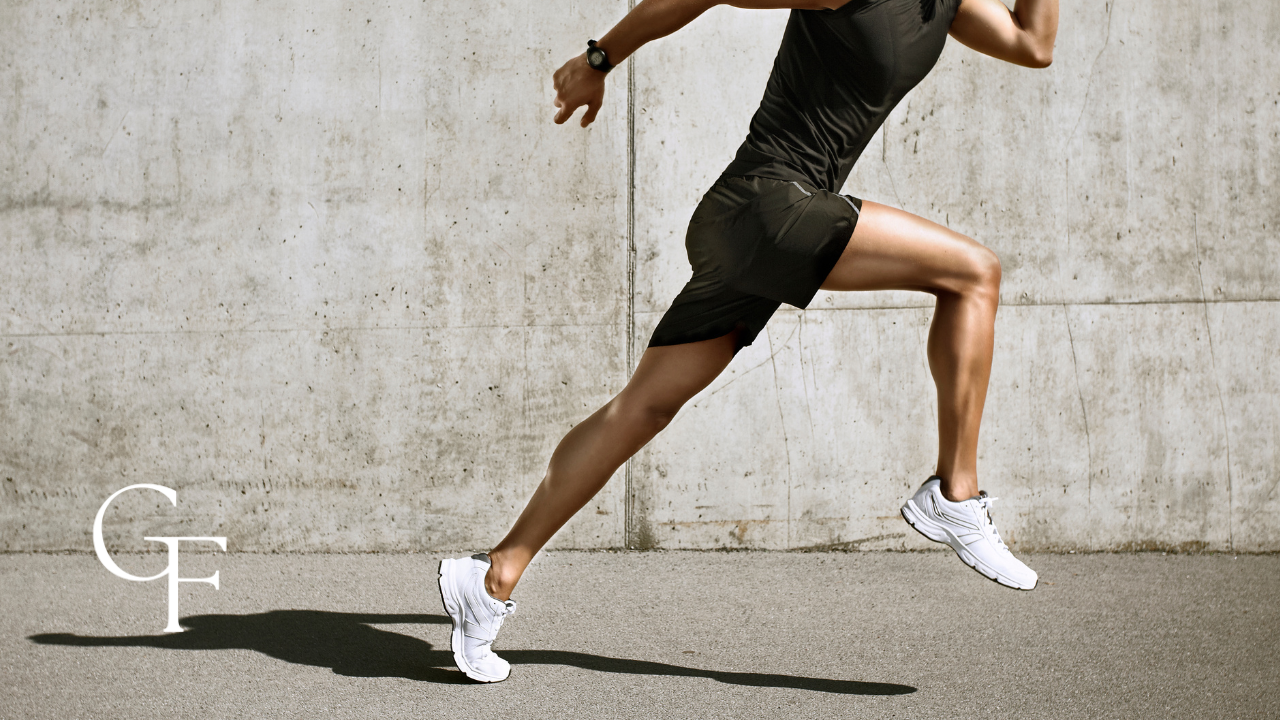
On the opposite end of the spectrum are the tempo (speed) runs, which aim to shock the system and truly push your body to the edge of discomfort.
The Nike Run Club app recommends these runs only once a week because they truly test your limits.
Similar to any muscle in the body or a training plan for athletes, there must be a controlled period of maximum exertion distributed evenly throughout the duration of the plan. This is to test your limits, develop mental toughness as well as physical strength, and boost your confidence.
After your first few tempo run workouts, you'll begin to feel certain sore muscles in your legs that you don’t usually notice after your recovery runs, and that’s intentional. This is because increasing the speed and intensity of your runs by picking up the pace and lengthening your stride will engage different sets of muscles.
Over time, your legs will become accustomed to the training, and your soreness level will diminish, but consistency is key. In most cases, your tempo runs will be some form of interval training.
Without getting too much into the details, over the course of these speed workouts, you'll run for periods at a recovery pace (think anywhere from 2 to 3/10 effort) and increase to more extreme efforts such as your one-mile "race pace" (anywhere from 8 to 9/10 effort).
This is because we need to build leg strength and aerobic capacity. We achieve this by rapidly elevating and lowering our heart rate over a relatively short period of time.
It's important to note that not every tempo run will be the same; some will require more or less effort for shorter or longer distances.
Trust the plan and the process as you go along.
Tip #5: Dial-in Your Hydration & Nutrition
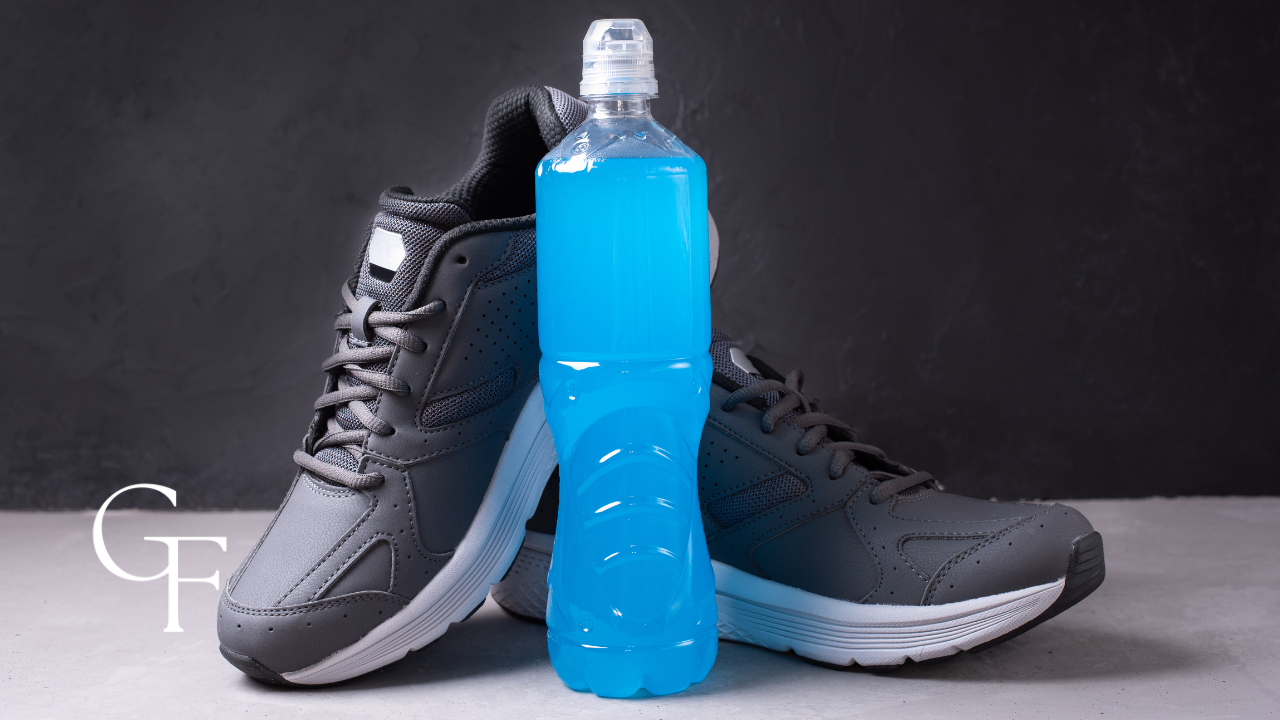
Nick Bare expresses this best, in my opinion:
As someone who has practiced intermittent fasting and fasted to pay reverence to Christ, I am no stranger to this discipline. However, marathon training is no "walk in the park." Food provides energy, and energy translates to miles.
The only question then becomes, "What should we fuel and refuel our bodies with?"
This is perhaps best explored in a separate guide; however, it's essential to understand that we need to properly fuel our bodies by consuming a balanced diet that includes complex carbohydrates, lean protein, and healthy fats.
Practice fueling during long runs with running "goo" or "gels" specifically designed to provide the right amount of carbs and energy to sustain you for longer distances.
The gels listed below are some of my personal favorites, offering an outstanding balance between affordability and higher quality:
Stay hydrated by drinking plenty of water and electrolyte beverages, especially during and after long runs. Regarding sports solutions that provide a well-balanced electrolyte profile, here are some of my favorites:
Experiment with different types of energy supplements and sports drinks to find what works best for you. Pay attention to your body’s nutritional needs and adjust your diet accordingly.
Tip #6: Commit to Cross-Training
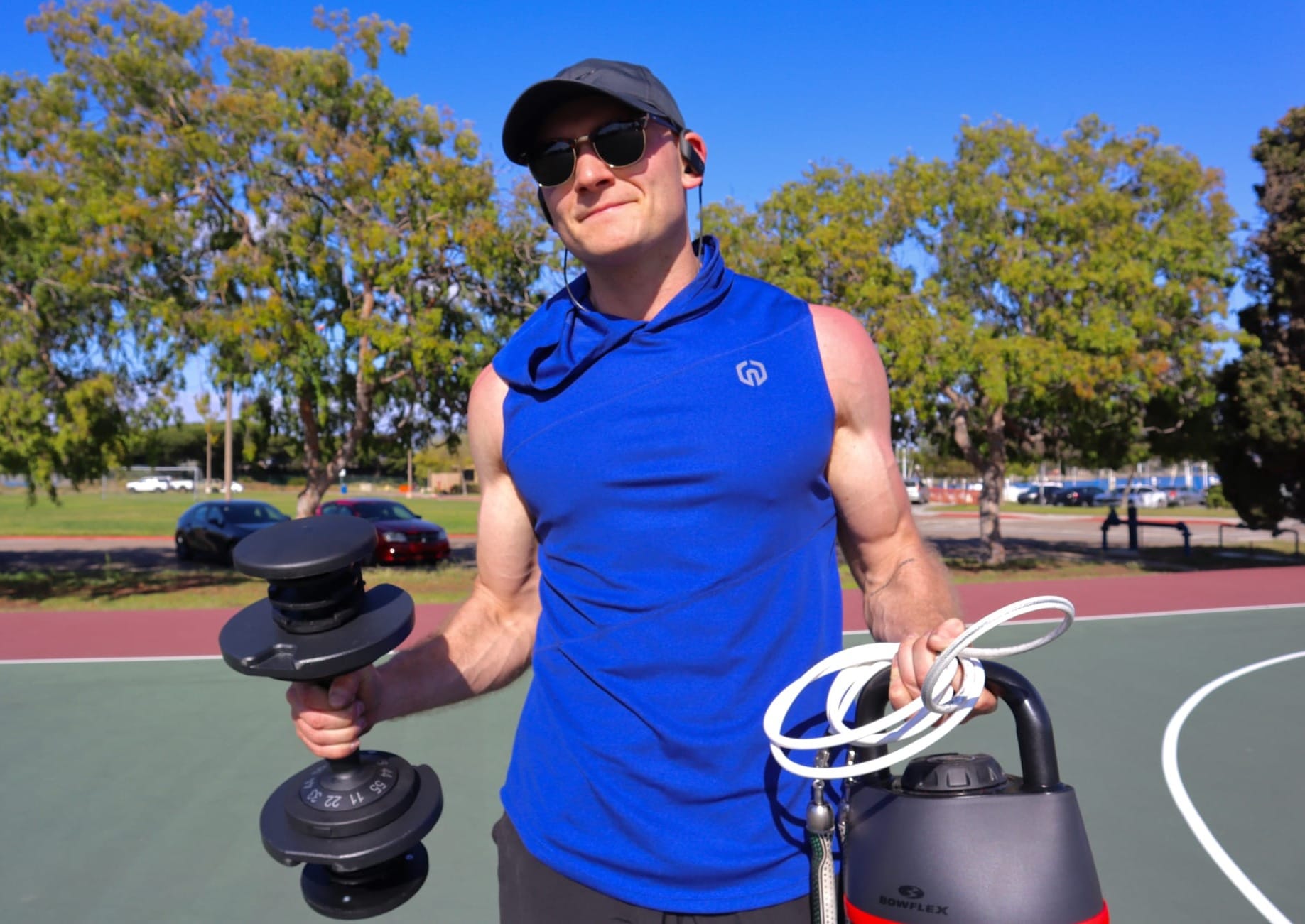
We want to be fit, not frail.
If we only run every week, we're neglecting other parts of our bodies, which creates imbalances in our physiology, and those imbalances can lead to injuries.
Add strength training to your plan to enhance your running economy and lower the risk of injury.
In most cases, I'm referring to weight lifting and a significant amount of progressive overload. You don't have to be like Nick Bare, who commits heavily to the "hybrid athlete" lifestyle by running anywhere from 8 to 12 miles in the mornings and lifting heavy for an hour or more in the evenings.
While training for my first marathon, I aimed to lift weights at least two days a week (and possibly three) and concentrated on areas of my body where I had previously sustained injuries, such as both knees, my lower back, and shoulders.
This not only ensured that I stayed pain-free in those areas but also helped me prevent injuries from my weekly running.
I would say that trying to train in Brazilian Jiu Jitsu twice a week, on top of marathon training and weightlifting, was very challenging from both a comfort and training perspective.
However, if you're also a fellow grappler, know that if I can do it, so too can you.
Tip #7: Listen to Your Body
It may sound cliché, I know. But it's so true. You need to listen to your body.
Sometimes what the plan suggests for that week just isn't feasible because you're on the edge of injury. If it means skipping a day or two of training to avoid sustaining injuries that could sideline you for several weeks, then so be it.
You are in control of your plan. The training starts and stops with you. Be smart and check your pride and ego at the door. Do it right or don't do it at all!
The Right Shoes for The Right Job
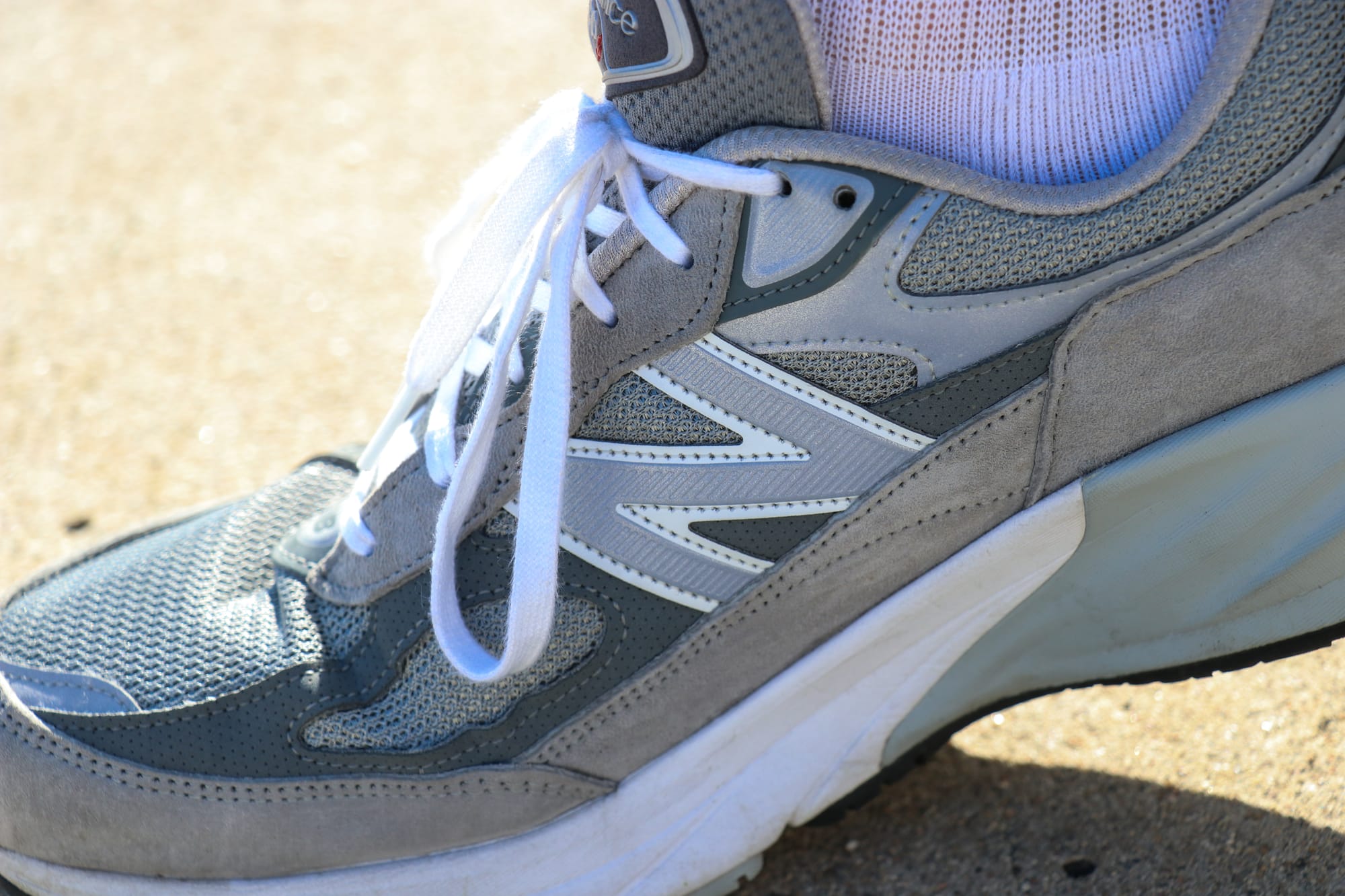
Let's talk shoes.
There is no magic set of running shoes that will make or break your time; I'll just say that up front.
Yes, shoes matter and make a difference, but only incrementally. When you're looking to PR by shaving off precious minutes and seconds from your time (especially at an elite level), then I would say that the shoes certainly matter.
But if you're simply trying to run and finish a marathon, especially your first one, then you can accomplish a lot with little.
With all that said, I have learned a lot about selecting the right running shoes for the right job. If there's any valuable knowledge I could share with you about marathon training shoes, it’s the necessity of owning multiple pairs for rotation.
To effectively unpack what I've just shared, we need to quickly review the main types of training shoes and their intended uses.
Daily Trainer Shoes
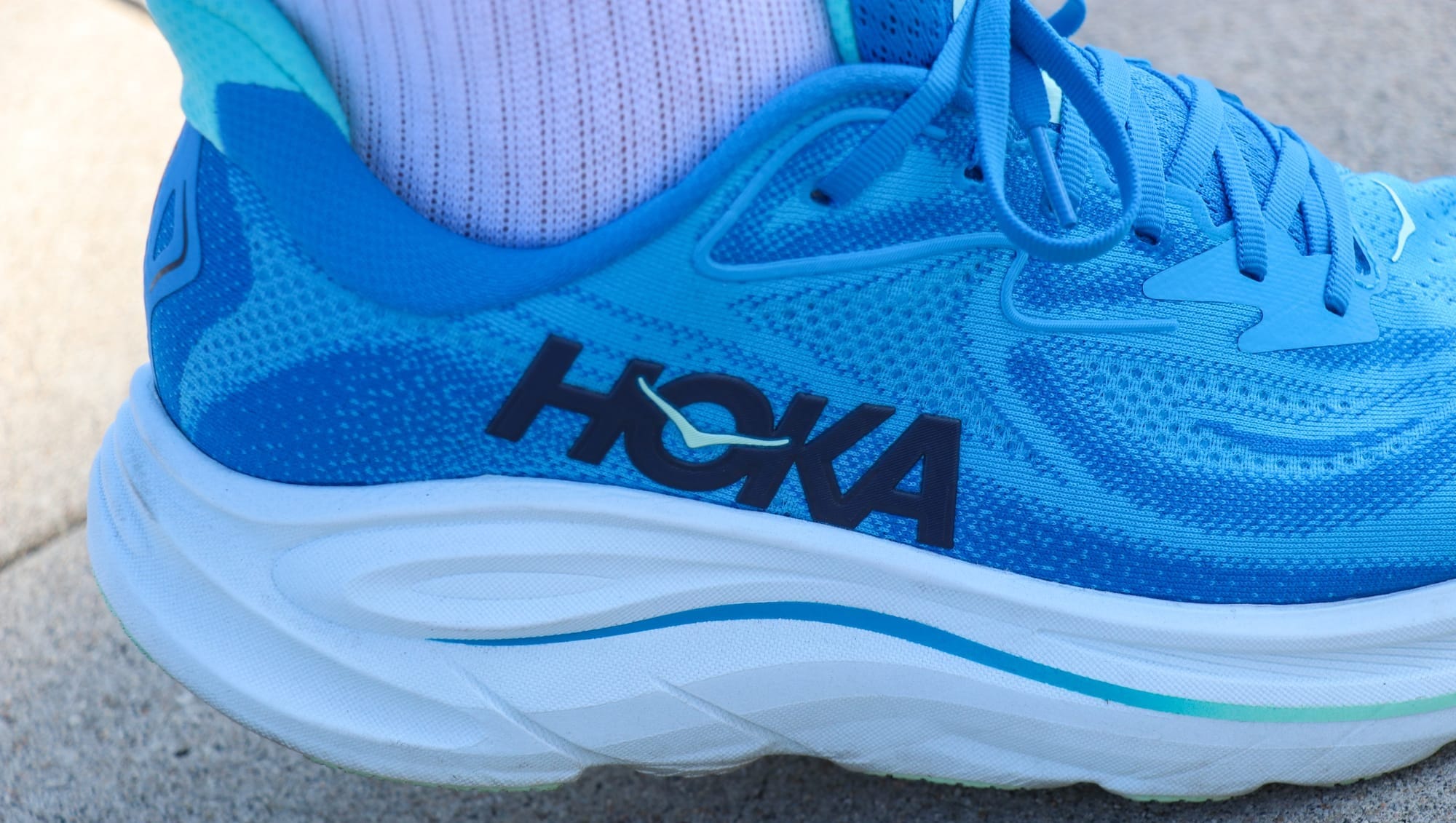
These are your classic "do-it-all" running shoes, the ones you'll likely lace up the most for recovery "easy" runs and even your speed workouts. These shoes are your workhorse shoes, ready for anything at or below ten miles.
I suggest the following shoes for everyday training:
- Asics Novablast
- Brooks Adrenaline GTS
- Brooks Ghost
- Brooks Glycerin
- New Balance Rebel
- Nike Pegasus 41
- Hoka Clifton
- Saucony Guide
- Saucony Kinvara
- Saucony Ride
Tempo Run Shoes
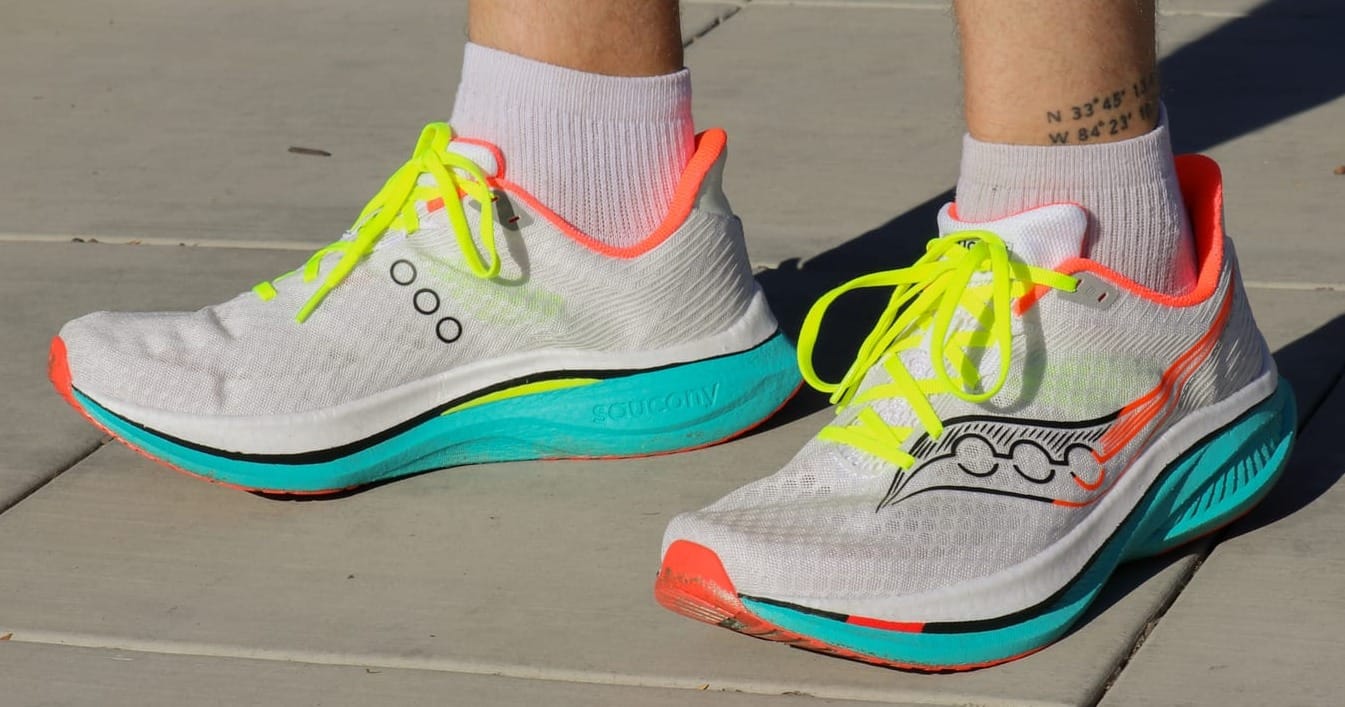
These are your faster "speed" workout shoes that are lightweight and bouncy with an ideal amount of feedback. They often feature a nylon or even carbon plate for increased reactivity and should allow you to pick up the pace during your tempo runs.
I suggest using these shoes for tempo runs:
Max-Cushioned Long Run Shoes
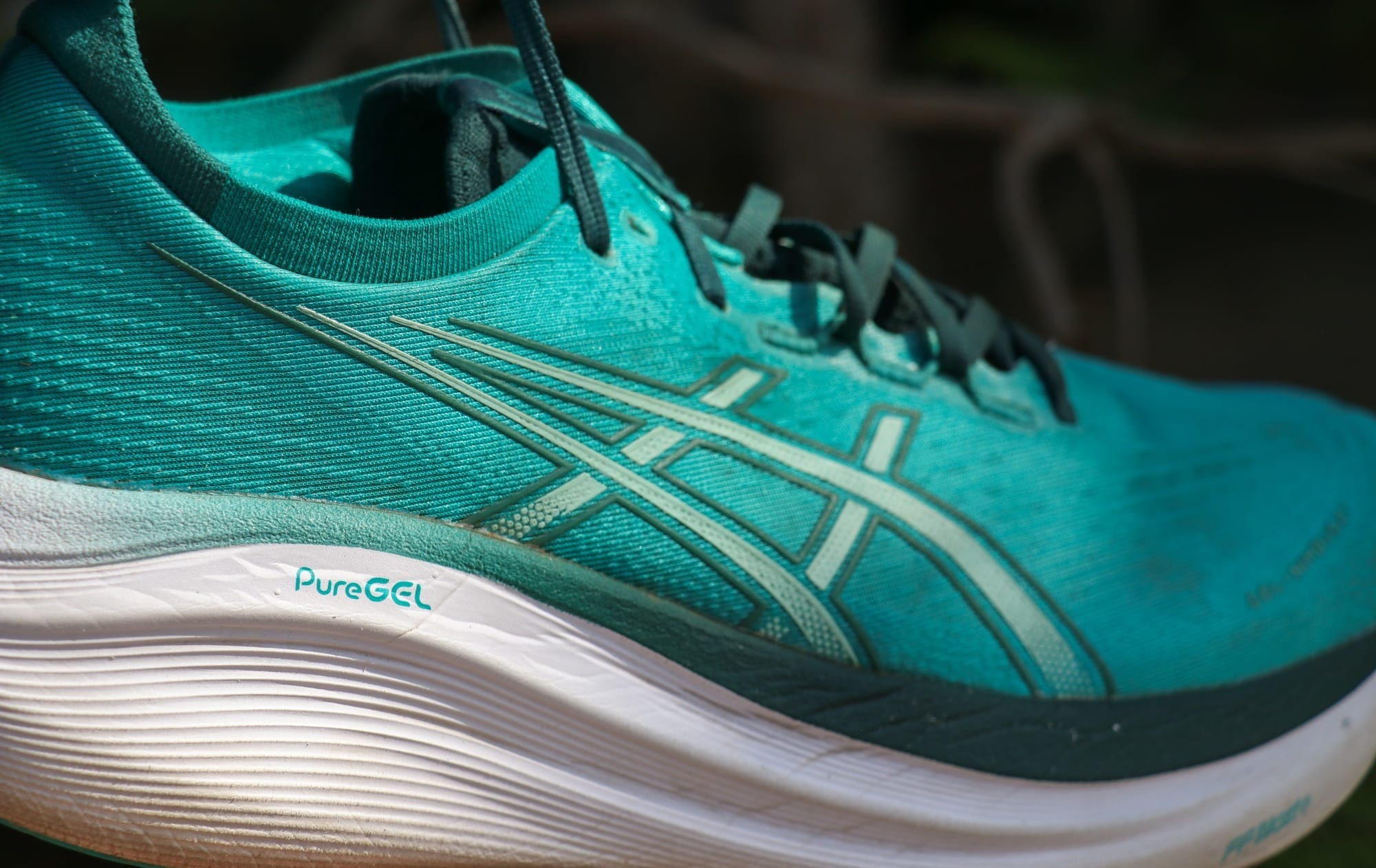
These are your heavily cushioned shoes, designed to feel soft and plush, caring for your legs. They are ideal for recovery and long runs.
I suggest considering the following shoes for your Max-Cushioned recovery run shoes:
- Asics Gel Nimbus
- Asics Superblast
- Brooks Glycerin Max
- Hoka Bondi
- New Balance 1080
- New Balance More
- Saucony Triumph
Race Day & Performance Shoes
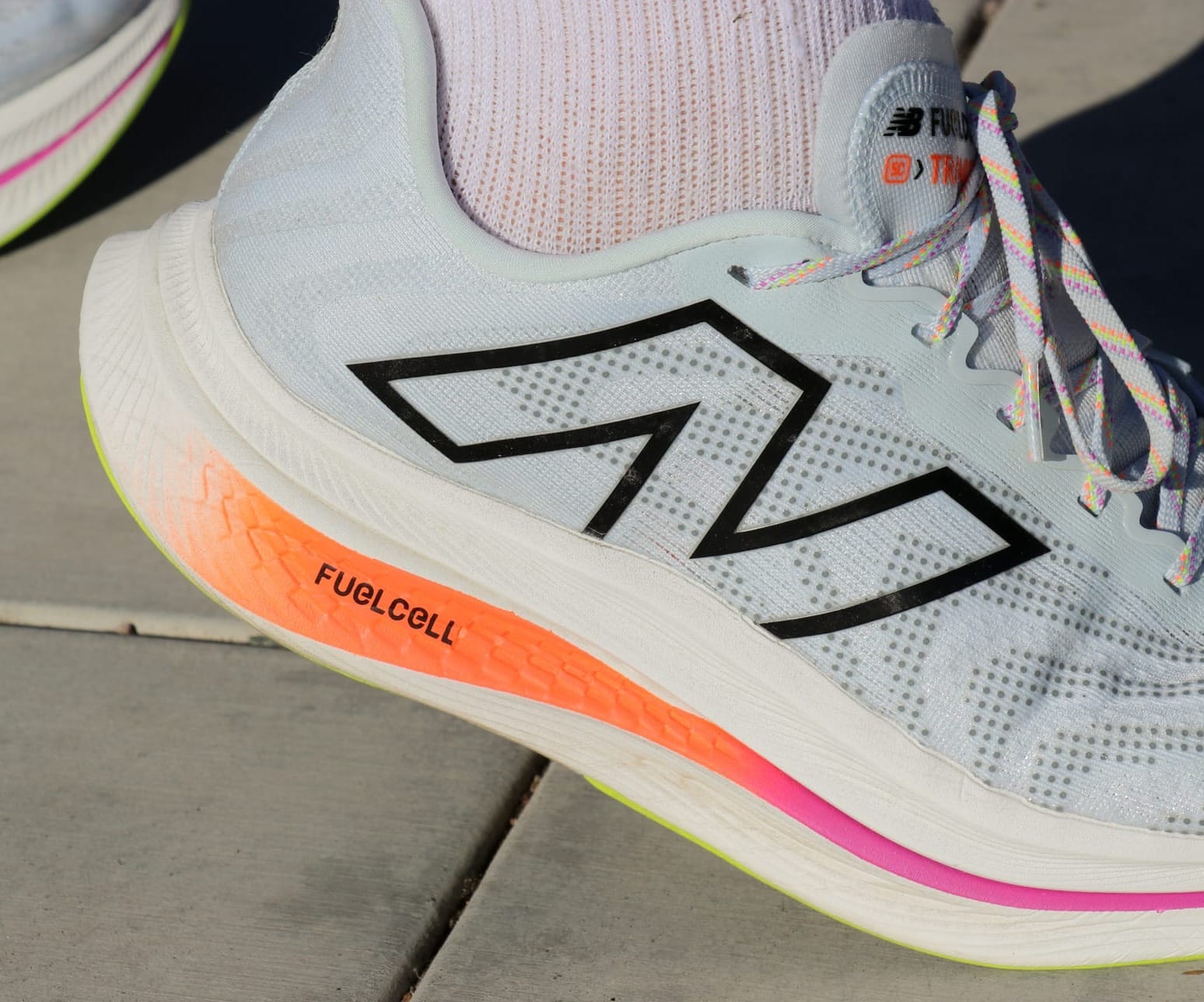
This last category includes premium-priced variations of running shoes that are carefully designed with performance in mind. These are the shoes you lace up when you're about to put in some serious work to "cook" some miles.
When you strap these bad boys on, it's about to go down. Like Moses parting the Red Sea or Jesus turning tables in the temple, these shoes mean "business," and business is good.
Often featuring carbon fiber plates for maximum feedback and the highest quality foam variations available, these shoes are designed for race day and the rigorous workouts aimed at achieving new personal records.
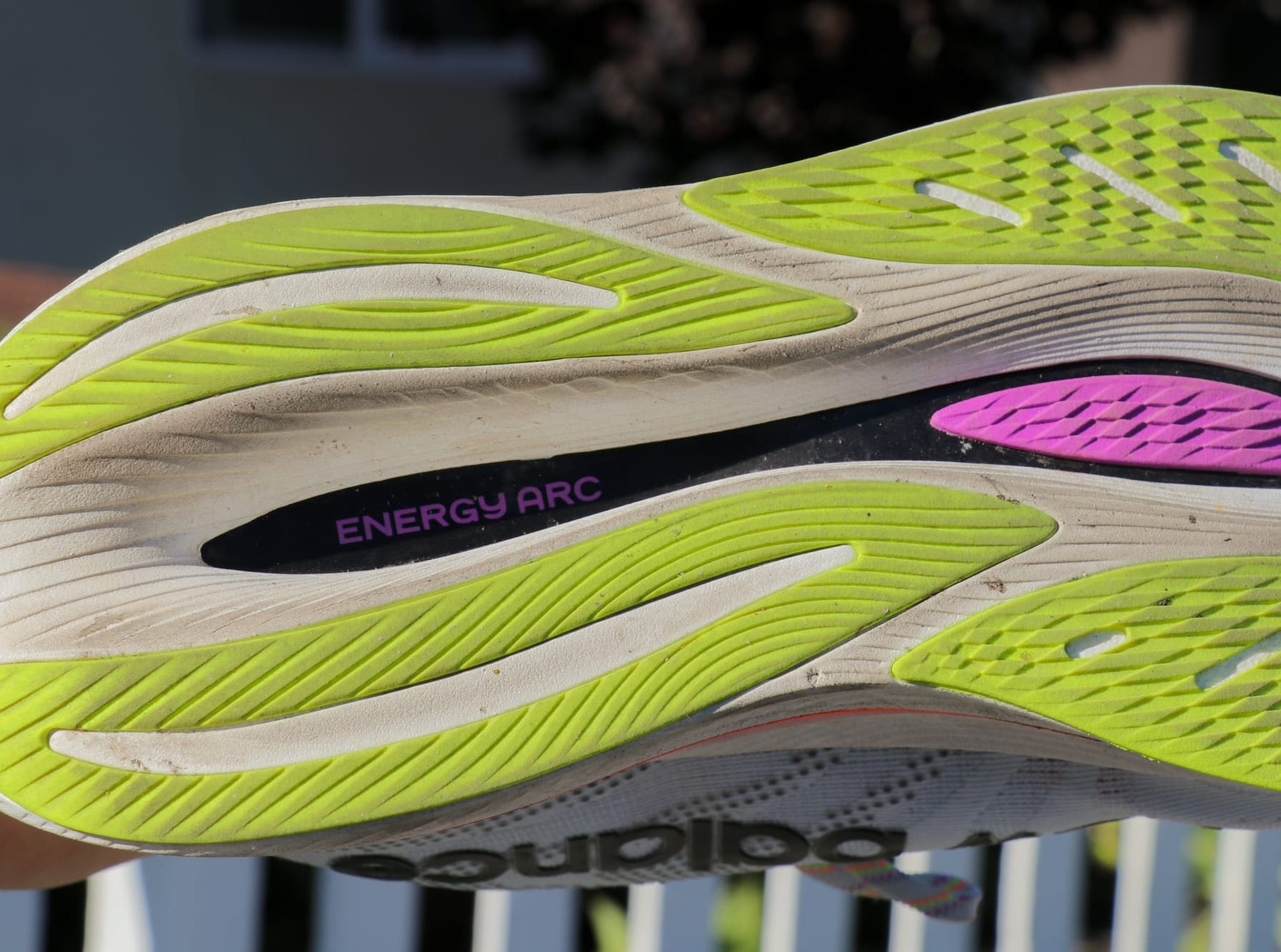
As mentioned, premium goods come at a premium cost, and these shoes are often priced between $200 and $250 (or sometimes more).
I recommend the following race-day shoes:
- Asics Metaspeed Sky
- Nike Vaporfly
- Saucony Endorphin Pro
- New Balance Super Comp Elite Trainer
- Hoka Cielo X1
How Many Shoes Do You Really Need?
The straightforward answer is two.
The ambiguous answer that requires explanation is, "It depends."
Let me explain...
For those looking to run and complete a marathon, especially their first one, without strict goals, you really only need two pairs of shoes:
- One versatile daily trainer that is light and fast enough to serve as a tempo run shoe.
- One long-run shoe that provides ample cushioning to protect your legs during those lengthy runs for maximum mileage.
In fact, I ran the Rock n' Roll marathon with my wife in the Asics Superblast 2, which is a very lightweight Max-Cushion shoe. If you're not trying to go any faster than nine or ten minutes, then I would say that any cushioned shoe suitable for long runs will work just fine for you.
In most cases, a super premium, carbon-plated racing shoe isn't necessary, so you can rest easy knowing you don't have to burn a hole in your wallet just to participate in the marathon. Technically speaking, any shoe can be a marathon shoe.
Heck, I saw folks running barefoot at our first race (though I do not recommend this).
Just "food for thought." At the end of the day, choose something that works well for you, aligns with your unique biomechanics and preferences, and looks cool, because cool running shoes are part of the fun (I think).
My current favorite "do-it-all" cushioned daily trainer is the Brooks Glycerin Max. Check it out, here.
I recommend visiting your local running store (such as Road Runner) and having them conduct a running analysis for you. They can then match you with some brands and types that will likely fit your preference so that you're ready to tackle your marathon training.
Tapering & Rest Before the Marathon
Taper your training about three weeks before the marathon to allow your body to recover and prepare for the race.
Reduce your weekly mileage by 20-30% each week to allow for gradual recovery. Focus on active recovery by incorporating rest days and cross-training into your routine.
Pay attention to your body’s needs and adjust your tapering schedule accordingly. If you're concerned about losing the endurance you've built up over the last few months of training, don’t worry! You’ll be fine, and the goal is to be as well-rested as possible for race day.
Preparing for Race Day
Mentally prepare for the race by envisioning yourself crossing the finish line. Focus on your mindset and visualize success to keep yourself motivated. Plan your outfit and gear the night before to make race morning easier.
Check the weather forecast in advance to prepare for any unforeseen conditions. Prepare your nutrition and hydration strategy for the race, including what to eat and drink before, during, and after the event.
Race Day Execution
Stick to your plan and don’t experiment with anything new on race day, including your chosen running pace and what you wear.
Begin at a moderate pace and slowly build up your speed as you warm up. Pay attention to your breathing and form, taking walking breaks as necessary.
Stay hydrated and energized throughout the race by using sports drinks and energy supplements as needed. Rely on your mental toughness and training to overcome challenging moments.
You've got this!
A Final Word...

I want to congratulate you on embarking on this journey of sticking to a training routine and completing a full marathon. Fewer than 1% of the U.S. population and less than 0.01% of the world's population ever accomplish this.
Participating in a marathon training plan and completing the actual race means joining an elite and exclusive group.
But more importantly, you are choosing to suffer through it.
This aspect, intimately connected to the human experience, is something we all share, regardless of where we are born or the circumstances that surround us.
After all, being human means suffering... and no one emerges from the crucible of suffering unchanged.
Participating in these training sessions until the race begins is a transformative experience. For me, it provides a deeper understanding of the suffering of Jesus, who was both man and God, the God who willingly suffers for the sake of others.
Believe it or not, there is glory in suffering, and the marathon may be one of the best examples of this in modern times.

